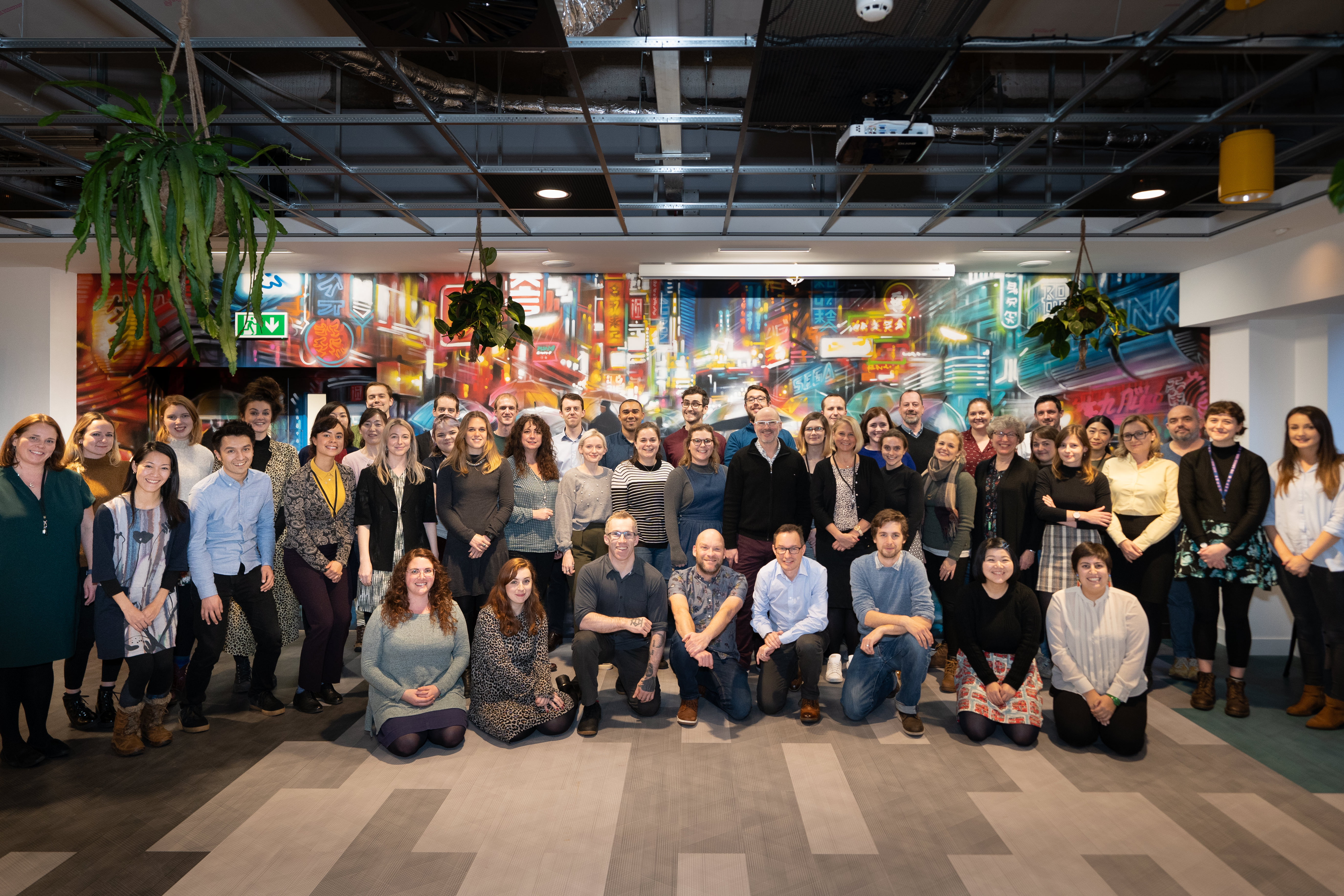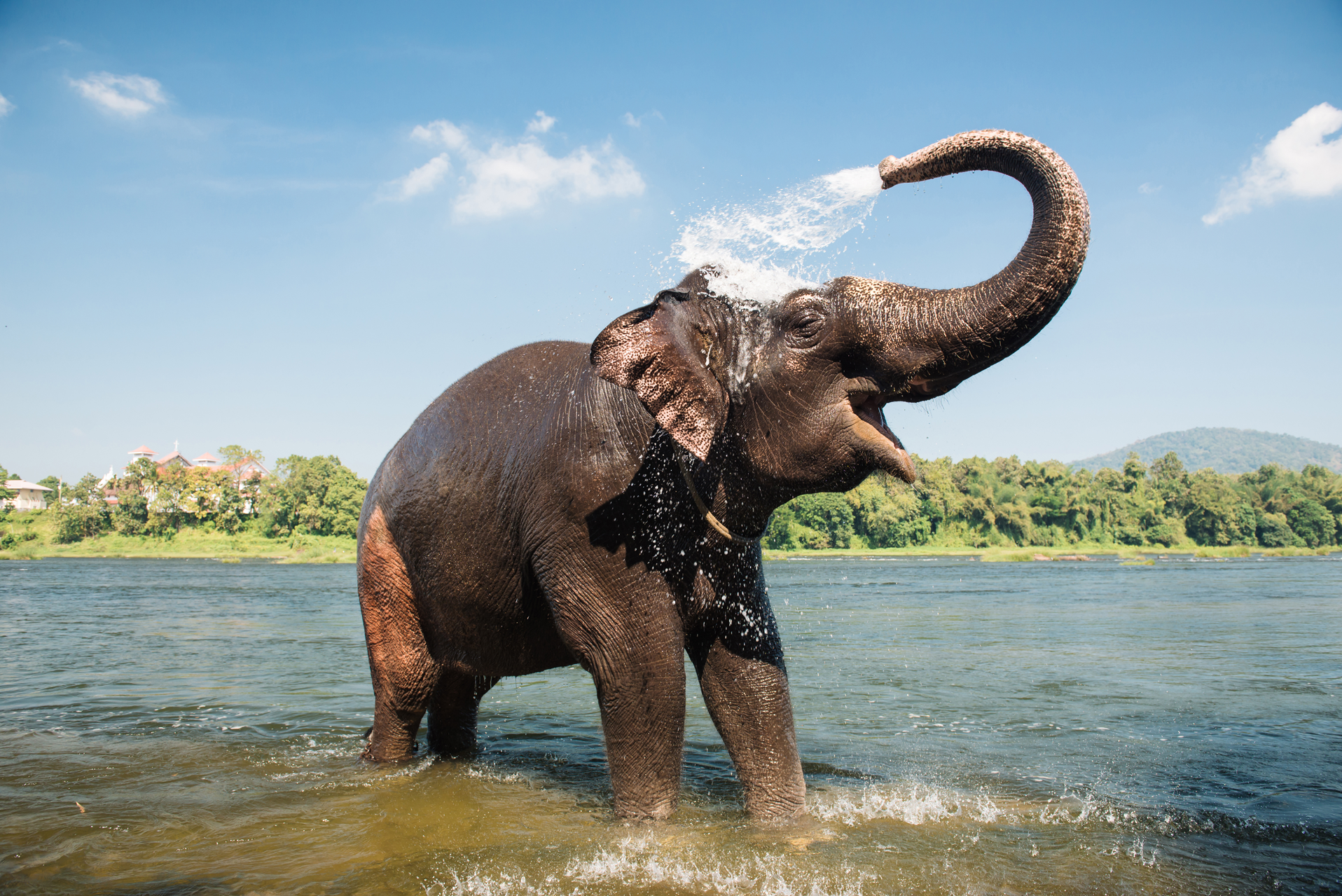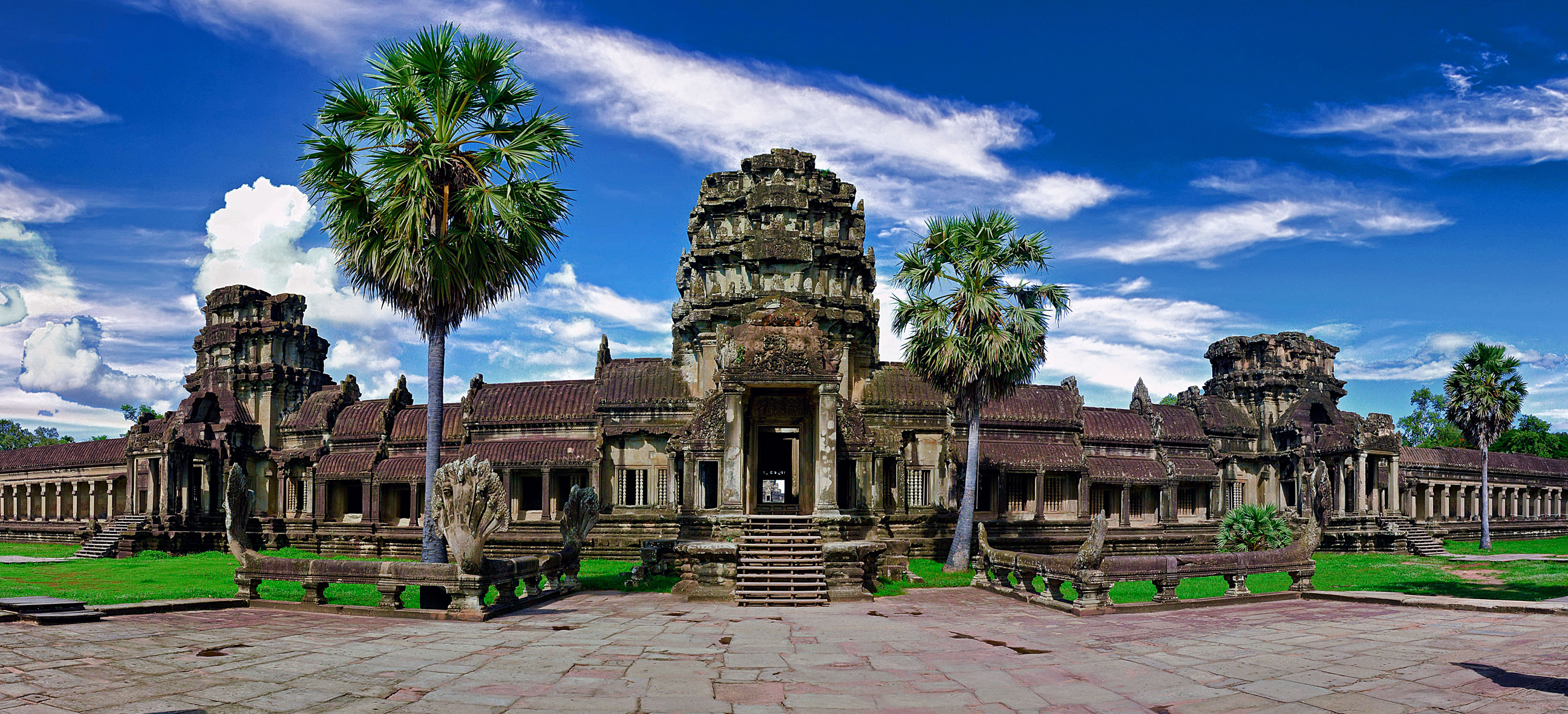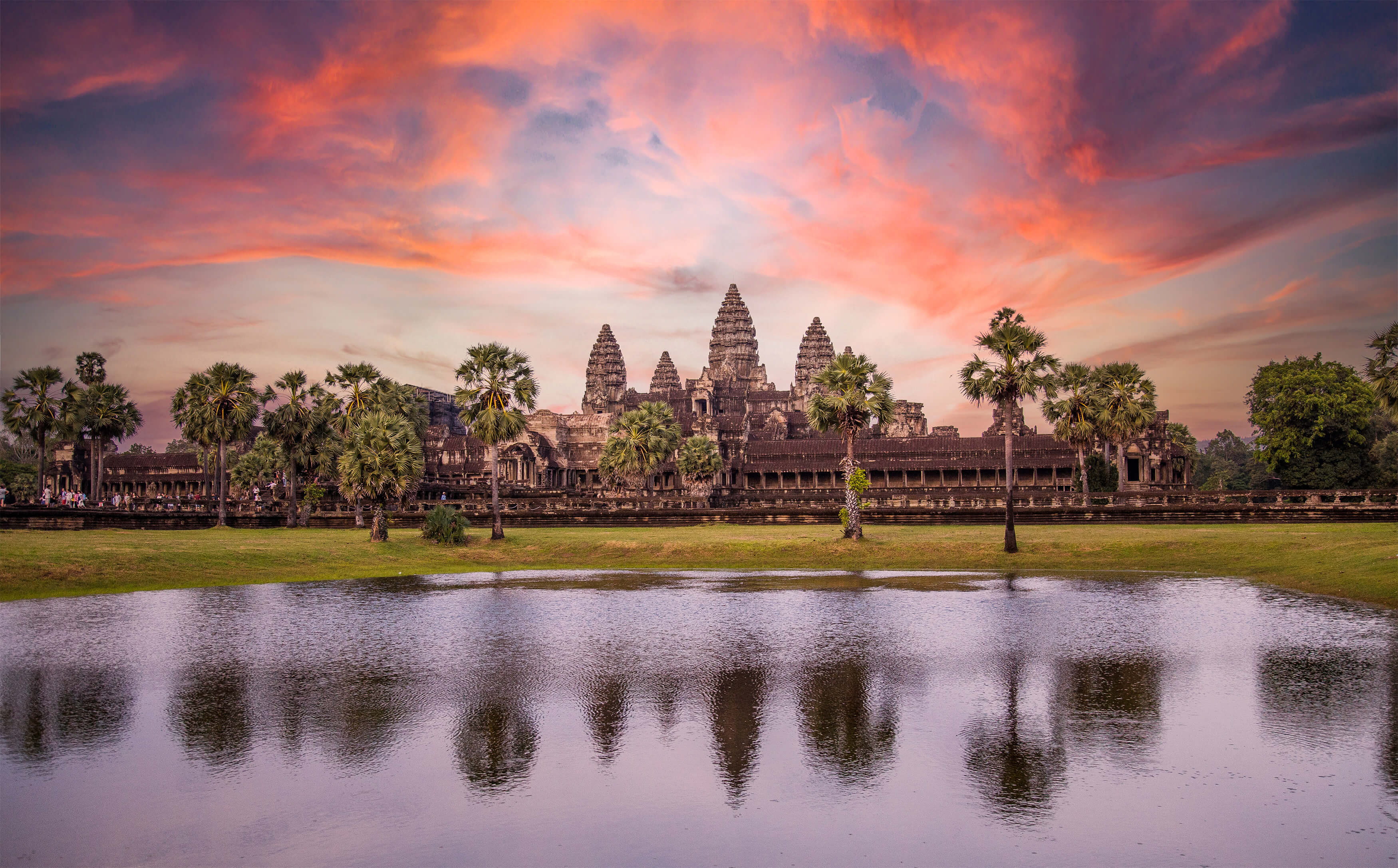
Unforgettable Holidays to Cambodia
With miles and miles of unspoilt countryside and some of the friendliest people we’ve ever met, Cambodia is a place where that old cliché rings true: it’s as much about the journey as the destination.
Explore Cambodia's hidden treasures with expertly crafted holidays to Cambodia, designed to take you beyond the beaten path.
It’s impossible to think of Cambodia without picturing the temples of Angkor. Vast, vine-entangled, and magnificently atmospheric: temples and country have become so synonymous that few tourists know what lies beyond them - and even fewer ever find out. Don’t get us wrong, Angkor deserves all the attention it gets, and more. It's one of those disappearingly rare places that doesn’t just live up to expectations, it exceeds them every time.
But Angkor is not Cambodia and while temples of Angkor is magnificent, why not delve deeper with a visit to Phnom Penh. This captivating city, steeped in history, provides a fascinating counterpoint to the ancient wonders of Angkor. As the former 'Pearl of Asia', Phnom Penh offers insights into Cambodia's complex past and its vibrant present.
Did you know, for a start, that Cambodia has some of the best wildlife experiences in Southeast Asia outside of Borneo? Or that it’s currently witnessing a remarkable artistic flowering born out of the ashes of the Khmer Rouge? Did you know that it has stunning beaches to rival any in Thailand, devoid of crowds and unsightly development?
Perhaps you did know those things, but if you didn’t, let us tell you - you’re in for a treat with our unforgettable, bespoke tours and Cambodia holidays.
Our favourite routes
Get started by browsing some of our favourite Cambodia itineraries
Our favorite guided tours and excursions
Forget following the crowds on lacklustre tours: our hand-picked experiences are all about giving you a real insider’s look at Cambodia by introducing you to the people who make it so special. We've road-tested contemporary art tours in colonial Battambang and found someone to cook you a candlelit dinner at an 800-year-old temple — and we never, ever work with someone we don’t think is extraordinary.
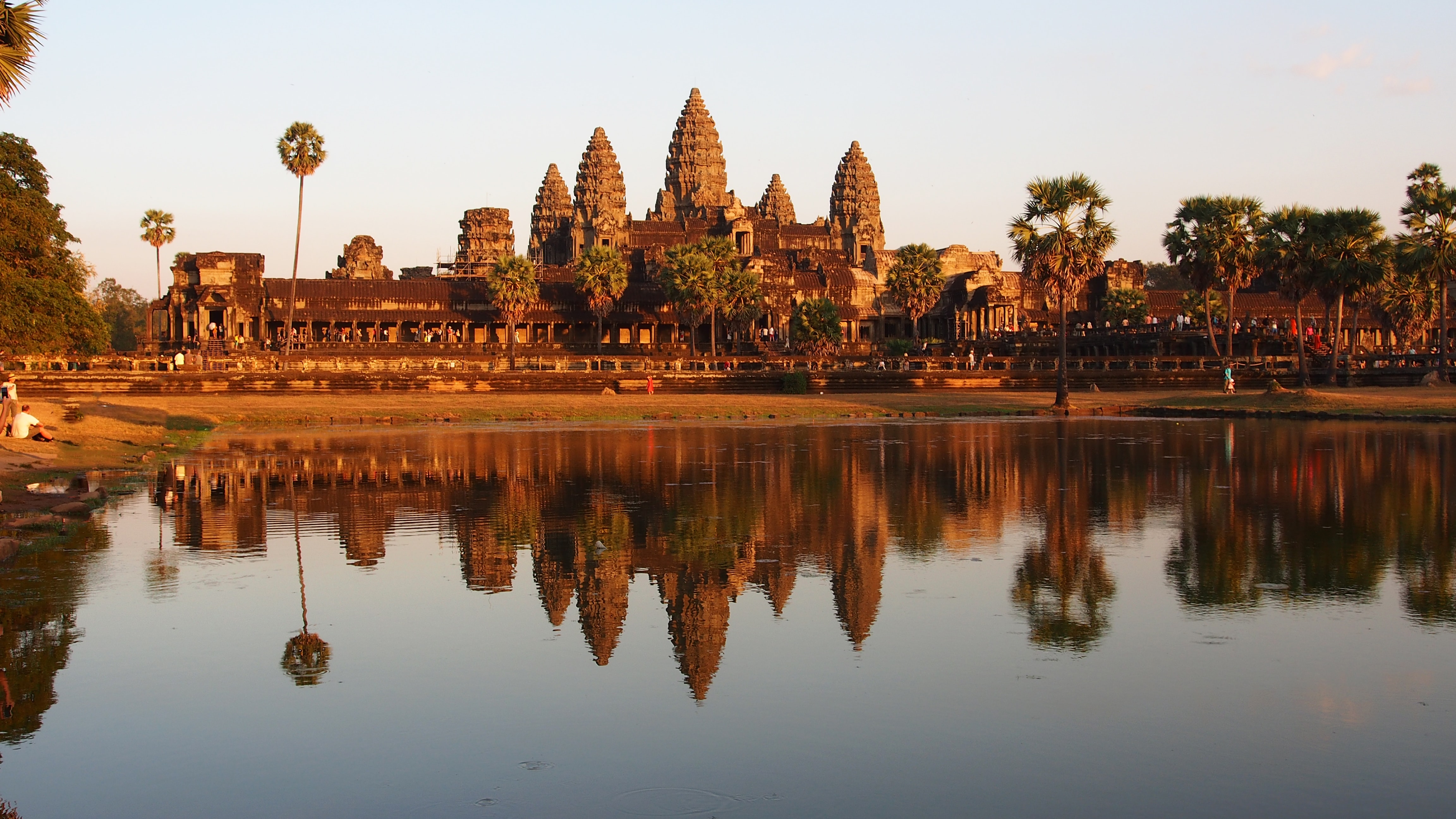
Why book with InsideAsia?
You know what you want, and your personal Travel Consultant knows how to make it happen - it's a match made in heaven
From your first call until you arrive home, we’re there whenever you want us — and never when you don’t.
88% of our customers rate our service as "excellent" — and that’s what we always strive to be.
Which is why all our trips are carbon-negative and bring real benefits to communities across Asia.
